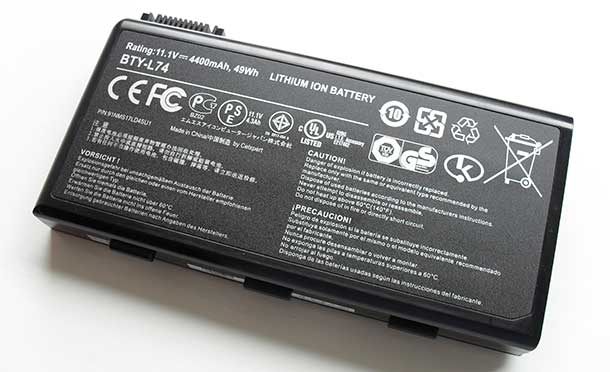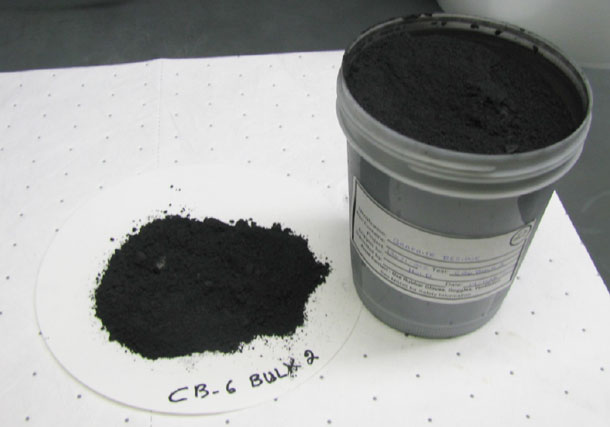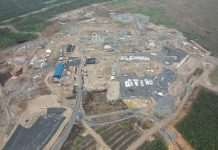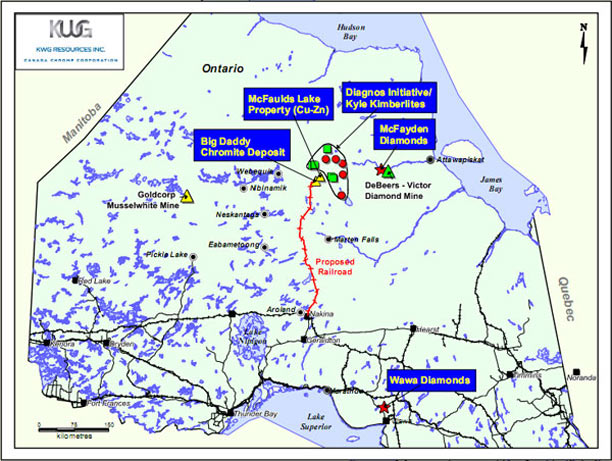
THUNDER BAY MINING – The growing need for high power batteries – lithium ion batteries especially continues to grow. Dr. Bharat Chahar, VP of Market Development for Zenyatta stated, “Since the purity and particle size of the material provided by SGS processing was already in the range needed for LIB application, no further milling or purification was needed. Compared to natural flake graphite supplied to the industry from China, no extra treatment and no dangerous hydrofluoric acid purification process were required to generate our material. No extensive milling was needed to prepare the Zenyatta graphite with minor loss of material occurring during the shaping process.”
The Zenyatta graphite material was classified and processed in a mechano-fusion machine by a standard industry technique to increase packed density of the material. The higher density Zenyatta material was coated to improve the irreversible capacity loss. Electrochemical tests were conducted using coin cells commonly used in the industry for screening purpose.

Zenyatta Ventures Ltd. embarked on a market development program over a year ago to initiate validation of Albany graphite in high purity graphite applications. Since the kick-off of this program, the Company has had detailed conversations with more than 35 graphite end-users, academic labs and third party testing facilities in Europe, North America and Asia under confidentiality agreements. Many of these organizations were provided a small amount of purified graphite material produced at SGS Canada Inc. (‘SGS’) Lakefield site during the development of a process flow sheet for the Albany graphite deposit pursuant to a preliminary economic assessment (‘PEA’) which is currently being completed. The samples produced at SGS are experimental in nature and may differ slightly from batch to batch and may also differ from the final product in the future. However these samples are representative of the product that could be processed and provide a good initial assessment and guidance for the potential of Albany graphite for various applications.
The goal of these initial samples was to screen Albany graphite for suitable applications while gathering feedback from the end-users and testing facilities to improve the overall properties for high value applications. The Company is now starting to receive feedback from several end-users and independent labs, some of which received repeat samples. Information from this initial test program will be used to further define the Company’s product and market strategy and set the stage for next steps in development. Zenyatta plans to provide its stakeholders brief periodic updates on the progress as meaningful information becomes available. This is the first in a series of updates on the market and business developments.
Zenyatta is pleased to disclose that first testing has shown the performance of Albany graphite to be in the range of materials used presently for Lithium-ion Batteries (‘LIB’). These initial tests, conducted by an independent lab, show that the performance of coated and shaped Albany graphite is equivalent to the leading high quality natural and synthetic graphite in commercial usage today. Testing was conducted by an independent Canadian lab using a lab-scale sample provided by SGS solely for the purpose of providing early evaluation on the suitability and effectiveness of Albany graphite in various applications. Similar positive results were also obtained on these samples by separate corporations who are in dialogue with the Company under confidentiality agreements.
Highlights:
• First testing on Zenyatta purified graphite meets specifications for LIB’s
• Equivalent to leading high quality natural and synthetic graphite in commercial usage
• LIB’s represent 25-30% of Zenyatta’s targeted market This testing does not represent a statistically large sample size.
Furthermore, these positive results do not mean that Zenyatta can extract and process Albany graphite for high purity graphite applications on an economic basis. Without a formal independent feasibility study, there is no assurance that the operation will be economic.
Dr. Chahar states, “Due to simple mineralogy, high crystallinity and desirable particle size distribution, Zenyatta graphite has shown first testing specification ranges needed for the Li-ion battery industry. While further tests are ongoing by potential customers to verify other performance characteristics, this initial feedback on results is extremely encouraging. We now plan to carry out advanced testing with a full cell made from the Zenyatta graphite anode.”
Based on research and dialogue with end-users, at this point in time, Zenyatta expects to have a targeted market application segmentation which includes 25-30% for high purity graphite in Lithium-ion batteries. The remaining 70-75% target applications will be discussed in upcoming news releases.
Dr. Bharat Chahar, P.Eng, VP Market Development for Zenyatta, is a Qualified Person for the purposes of National Instrument 43-101 and has reviewed the technical information in this news release.
The LIB market is relatively large and shows high growth potential. Graphite for this market has to meet many challenging performance characteristics before it can be used in a LIB. Some of the critical performance criteria include high charge/discharge capacity, low irreversible capacity loss during initial cycling, long cycle life, long shelf life, high packing density, chemical stability and easy process ability. To meet these criteria, the natural flake graphite from China used in this application, is milled, shaped, purified and coated before it can be used as anode powder. There is approximately 40-60% yield loss in the milling and shaping process for most natural flake graphite suppliers in this industry today. Also the traditional graphite anode material is usually purified using expensive chemical or thermal processes. Zenyatta is working to develop a purification system that does not require use of these traditional processes for its unique graphite material.
Graphite is used as a host material in the anode to hold active lithium-ions which move in and out of the graphite layers during charging and discharging. Both natural and synthetic graphite can be used in battery applications depending on the manufacturer’s needs. Generally the choice comes down to cost, purity and various other critical specifications. Purity levels required are high with most end-users stating that low impurity levels of certain metallic elements be kept to less than 200 parts per million (‘ppm’). Zenyatta graphite does not contain any metallic impurities. Metallic impurities are very problematic to battery manufacturers and can cause the batteries to ‘short’ and disrupt the flow of charge; they can also react with the electrolyte. Reactions with the electrolyte can lead to decomposition and premature aging of the anode.
Additionally, it is critical that the graphite has a narrow particle size distribution and consistency throughout the anode material. Battery manufacturers are very strict on specifications and require rigorous testing. Once supply contract negotiations start, they generally will not allow any change in the agreed specifications without further repeated and thorough testing.
The market for rechargeable lithium batteries can be split into four product groupings:
• Computing, communication and consumer (‘3C’) products – used in small devices that are portable or used in the home such as mobile phones, laptops, MP3 players;
• Power devices and small motive power – power tools and electric bicycles;
• Heavy duty – on and off grid energy storage; and
• Transportation – electric vehicles (‘EVs’) and hybrid electric vehicles (‘HEVs’), buses and trains.
Future growth in demand for rechargeable batteries in unit terms will continue to be led by 3C products through to 2018, but in capacity terms (MWh), power applications, heavy duty, and particularly transportation, will grow in importance. The current market for graphite in batteries is approximately 100,000 tonnes and is forecast to grow by 10-15% per year to >180,000 tonnes in 2018, based mostly on the growth in the LIB sector.







